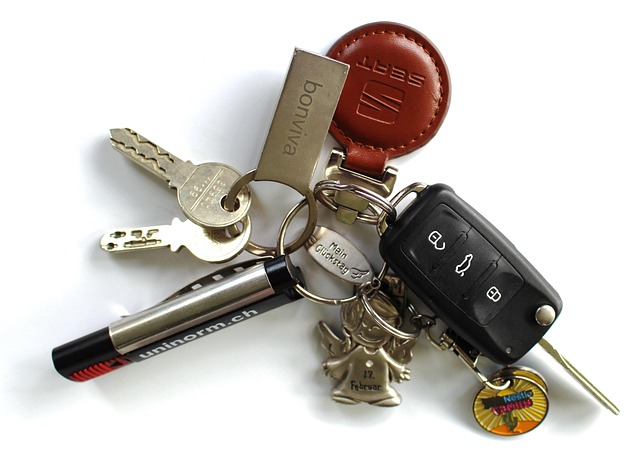Smart card access control offers a secure and flexible solution for organizations with high data sensitivity and privacy requirements. By encoding unique identifications on cards and programming permissions, it allows tailored access rights based on user roles like admin, manager, employee, or guest. This hierarchical structure ensures granular control over sensitive data and resources, enhancing security and integrity. Customizable permission structures using smart card technology enable precise management of digital access, streamlining operations while reinforcing security in today's digital era. Best practices include clear role definitions, regular access control reviews, and multi-factor authentication.
In today’s digital era, secure access management is paramount. Smart card access control offers a robust solution with customizable permissions tailored to different user levels. This article delves into the intricacies of this technology, exploring how it defines and manages access for various roles. We’ll guide you through implementing flexible permission structures, highlighting benefits and best practices to ensure optimal security. By understanding smart card access control, you can revolutionize your organization’s entry protocols.
Understanding Smart Card Access Control
Smart card access control is a sophisticated and secure method of managing user permissions, ideal for environments where data sensitivity and privacy are paramount. Unlike traditional login methods that rely on passwords or biometric data, smart cards offer an enhanced level of security by encoding unique identification information directly onto the card itself. This technology ensures that only authorized individuals with valid smart cards can access restricted areas or sensitive information.
This type of access control is particularly versatile, allowing for customizable permissions based on user roles and levels. Organizations can program smart cards with specific access rights, such as read-only access to certain files or full administrative privileges within a network. This granular approach to permission management enables efficient security protocols, streamlining operations while maintaining data integrity and confidentiality.
Defining User Levels and Permissions
Defining user levels and permissions is a critical aspect of implementing effective smart card access control systems. By segmenting users into distinct roles, organizations can tailor access rights to specific needs, enhancing security while maintaining operational efficiency. Each level, whether it’s admin, manager, employee, or guest, comes with its own set of privileges. For instance, an admin might have full system access and the power to manage user accounts, while employees may only be granted permission to access certain areas or functions relevant to their job roles.
This hierarchical structure allows for granular control over sensitive data and physical resources. For example, in a corporate setting, HR personnel could be limited to viewing and modifying employee records, while IT staff might have broader permissions to manage network configurations. Smart card technology plays a pivotal role here by enabling the secure storage and verification of these access credentials, ensuring that only authorized individuals can gain entry or execute specific actions.
Implementing Customizable Permission Structures
Implementing customizable permission structures is a game-changer in managing access control, especially with the advent of smart card technology. Smart card access control offers a robust and secure way to define and manage user permissions across various levels within an organization. By creating hierarchical access levels, businesses can grant or restrict access to specific resources based on job roles, security clearances, or individual needs.
This flexibility allows for fine-grained control over sensitive data and systems, ensuring that only authorized personnel can perform critical tasks. Customizable permission structures enable organizations to adapt quickly to changing requirements, streamline operations, and maintain a secure environment without compromising accessibility.
Benefits and Best Practices for Implementation
Customizable access permissions are a game-changer in enhancing security while maintaining usability. Implementing smart card access control allows organizations to define precise levels of access, ensuring that each user only has the necessary tools for their role. This not only prevents unauthorized access but also promotes data integrity and privacy by restricting sensitive information to designated individuals.
Best practices suggest starting with a clear definition of user roles and responsibilities. Organize these roles into hierarchical structures, enabling granular control over what resources and actions are accessible at each level. Regular reviews and updates are essential to ensure the system stays relevant as organizational needs evolve. Additionally, employing multi-factor authentication alongside smart card access control adds an extra layer of security, providing a robust defense against unauthorized entries.
Smart card access control offers a customizable and secure solution for managing user permissions, allowing organizations to define different levels of access tailored to their specific needs. By implementing customizable permission structures, businesses can ensure that sensitive data and systems are protected while enabling efficient operations. This technology provides a robust framework, enhancing security and streamlining access management, making it an ideal choice for modern digital environments.
